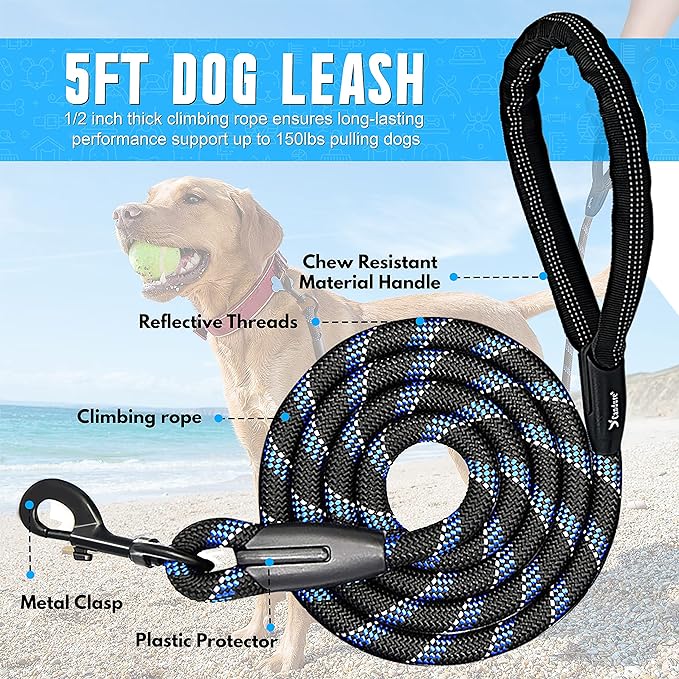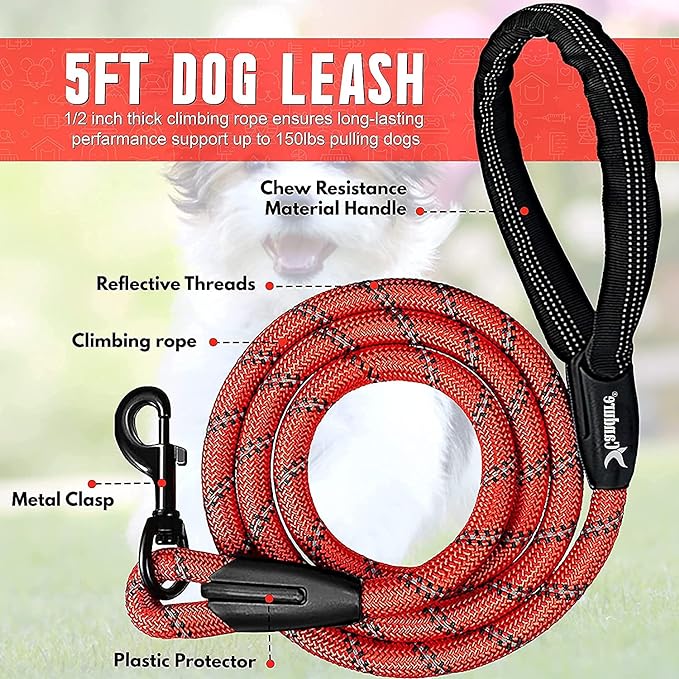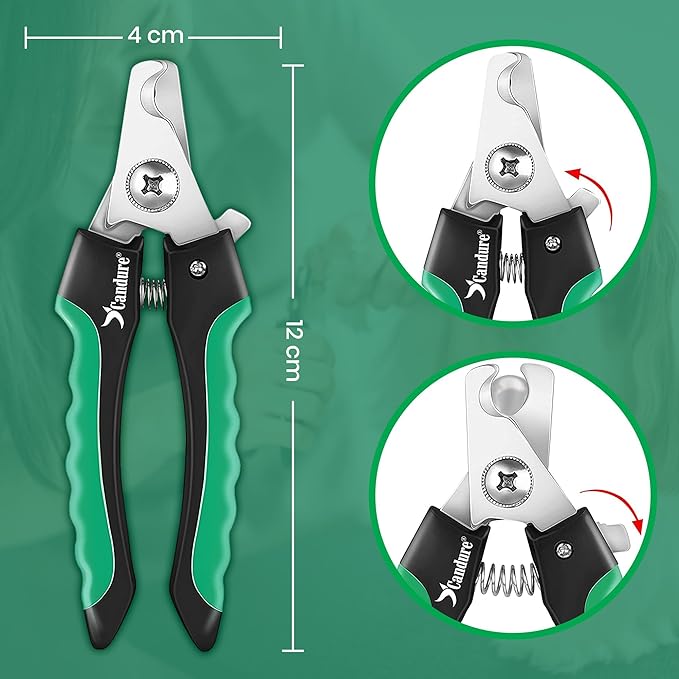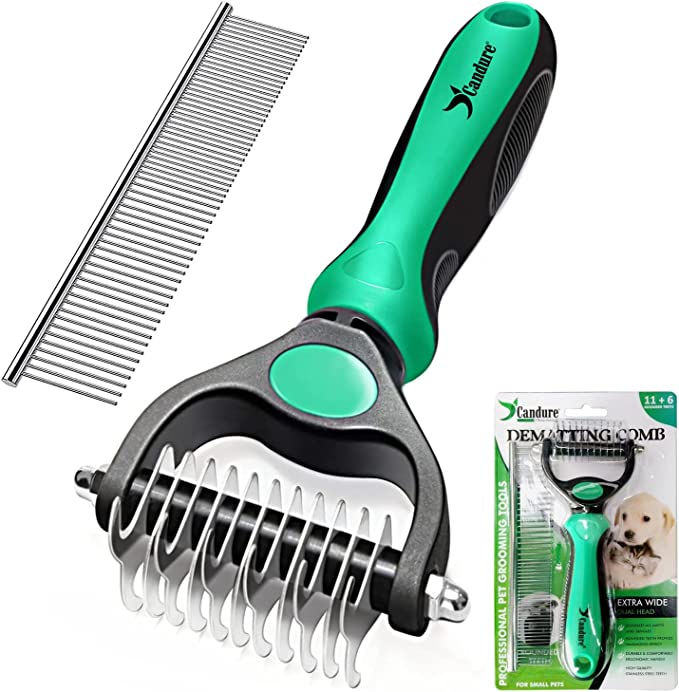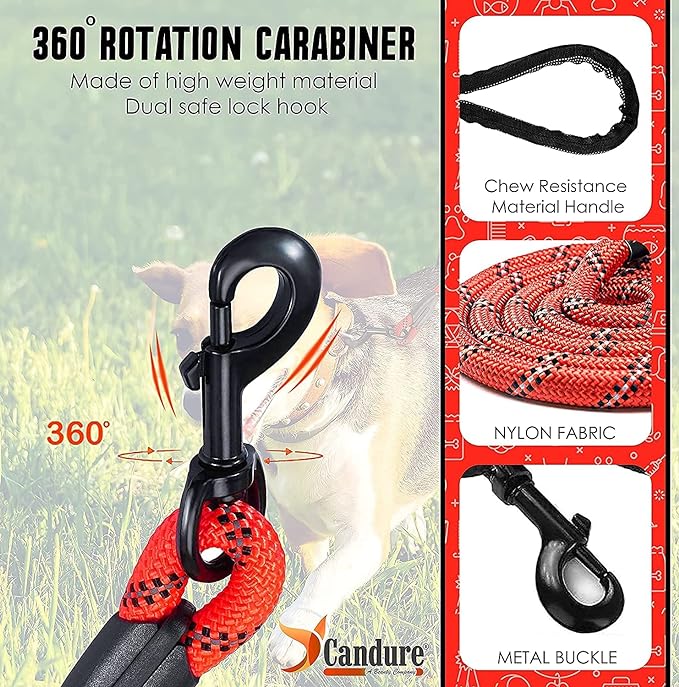How to Safely Start Running With Your Dog
Here are all the tips, tricks and tools you need before making your dog your regular companion.
Would Your Dog Make a Good Running Partner?
Running with your dog requires changing your way of thinking. Unlike running alone, you now share your run with your dog. It’s important that you take the time to understand their running style, which may require checking your own ego.
It is also important to remember that there are certain dog breeds that simply are not ideal as running companions. Breeds like Greyhounds and Border Collies can really enjoy the opportunity to stretch their legs and run with you. However, brachycephalic dogs with short snouts (such as bulldogs and pugs) can run short distances before having difficulty breathing. Even breeds that seem suited to running don’t always find it an enjoyable form of exercise.
For example, dog breeds that do best in cold climates and have thick coats, such as the Siberian Husky, will overheat easily in warmer temps and giant breeds like Great Danes will find running too hard on their bones and joints. Long runs are also not safe for puppies especially those who’re still growing. The general rule is to wait until your dog is mature before they hit the trails with you.
Can’t Go Out for a Walk? Here’s How to Train Your Dog on a Treadmill
Even if you have an active, running breed of dog, remember that each dog has its own personality. If for some reason running with your dog is difficult, you can spend time learning with a certified professional dog trainer who uses positive reinforcement training techniques. The most important thing is that you should always be patient when teaching your dog to walk with you.
How Far Should You Run With Your Dog?
If you’ve never been on a run with your pup before, it’s best to start slow. “This way, if you notice your dog struggling, it allows you to go back to a run/walk rotation to avoid overuse or injury. At the same time, if your dog responds well to the activity, you can increase the duration of the run slowly in five minute increments.
If you’ve never run with your dog before, it’s best to start small. “That way, if you see your dog struggling, you can switch back to the run/walk rotation to avoid overuse or injury.
Another thing to keep in mind is your dog’s behavior that day. If they seem lethargic and disinterested, it may be best to reduce their runs, which may mean adding more rest days or shortening the length of their runs.
How to Keep Both You and Your Dog Safe While Running Together
Find Running Gear That Works for You
It is important to use a short leash when you go running with your dog. Something between four and six feet is ideal, at times when your dog needs to be close, using a leash that includes a traffic handle can be helpful and add safety measures when you are running, where there may be cyclists, other joggers, or even cars. A body harness is a good option for many dogs, just always make sure the harness fits properly. A well-fitting harness should not restrict leg movement and should never pinch or pull on the skin.
Position Your Dog Correctly
If your dog tends to lead out front, make sure he doesn’t pull and that there is always some room on the leash. If they tend to back away, make sure they stay with you. The goal is to prevent them from running directly after you, otherwise the leash will catch on your legs or become tangled, putting you and your dog’s safety at risk.
The Surface You Run on Matters
Each surface will present its own challenges for your dog. Surface heat is an important factor to consider for run. For example, roads and sidewalks retain heat. So, if you plan to go for a run with your dog after work, even if the air is cool, be sure to use the back of your hand to check the temperature of the ground because it can still be very hot. Likewise, with sand, cool, wet sand is best, as dry, warm sand can not only hurt your dog’s paws, but can also be hard on his joints if he walks on it for too long.
Be Mindful of the Weather
Most dogs have a body temperature between 99.5 and 102.5 degrees F. Needless to say, they are sensitive to hot weather. The best running temperature for our dogs is actually between 40 degrees and 65 degrees F. Any more than that, or if it’s humid, can quickly become unsafe for your dog, especially if they have a thick coat. In most places in the US, late May through August is likely to be too hot to run with your dog.
On the other hand, it is also important to know how cold it makes your dog during walk in winter. As we mentioned before, although the right temperature for dogs to cool down varies, you shouldn’t leave your dog outside for too long if the temperature drops to 30 degrees or below.
Types of Dogs Running Gear You’ll Need:
Leash
While there are several running specific leashes on the market. We recommend 5 feet long leash of our Candure’s brand which available on Amazon Store.



